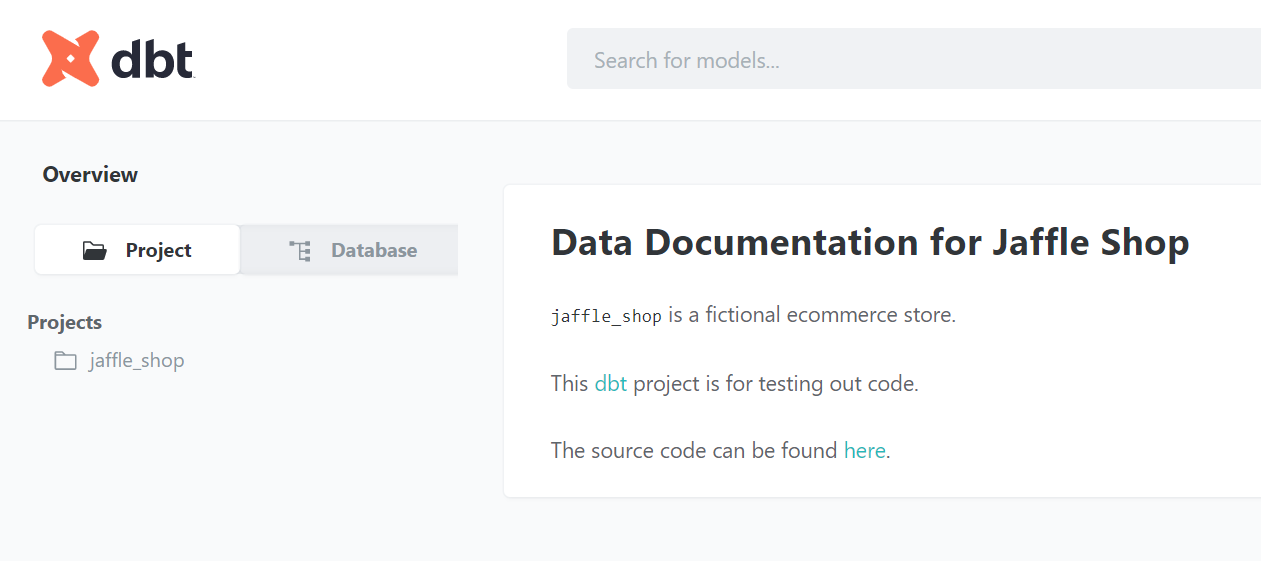Table of Contents
There are a few ways to set up dbt in your local machine, and almost all of them involves Docker in one or the other way. I found the easiest and most straight forward way to install it on your system is using HashiQube. HashiQube is a project to help anyone set up all HashiCorp products in a container or virtual machine (VM) for demo or trial purposes.
Set up dbt using Hashiqube
As I told above, Hashiqube depends on Docker to set up dbt in a local machine, but it also requires Vagrant (a tool from HashiCorp) to install it. So, you need to start with downloading and installing these tools as detailed below:
- Download and install Docker Desktop from https://www.docker.com/products/docker-desktop .
- Download and install Vagrant from https://www.vagrantup.com/downloads.html .
- If you have
gitin your system, rungit clone https://github.com/servian/hashiqube.git. If you have not, then download the archived repo from https://github.com/servian/hashiqube/archive/refs/heads/master.zip . - Switch to the unarchived or cloned-repo’s folder, then run the following commands:
1cd dbt 2vagrant up --provision-with basetools,docsify,docker,postgresql,dbt - Finally, dbt is set up on your machine. You can go to http://localhost:28080/ to check dbt docs dashboard.

Troubleshooting
1. I see this error: /vagrant/dbt/common.sh: line 2: $'\r': command not found.
This occurs if you’re trying to set up dbt on Windows. Run these commands, then continue from Step #4 above:
1cd ..
2del .\hashiqube
3
4# Configure Git to not ensure line endings are correct for Windows at checkout
5# That means line endings will remain at Unix style, which fixes this problem
6git config --global core.autocrlf false
7
8# Clone the repo again to checkout files with line endings using Unix style
9git clone https://github.com/servian/hashiqube.git
10
11# Configure Git again to ensure line endings are correct for Windows at checkout
12git config --global core.autocrlf true
2. I don’t know what to expect after running the vagrant up command given above.
Please find here the output of this command on Windows (yours may vary per your operating system).
References
- Instructions [ HashiQube (original) (archived) ]
- dbt [ HashiQube (original) (archived) ]
